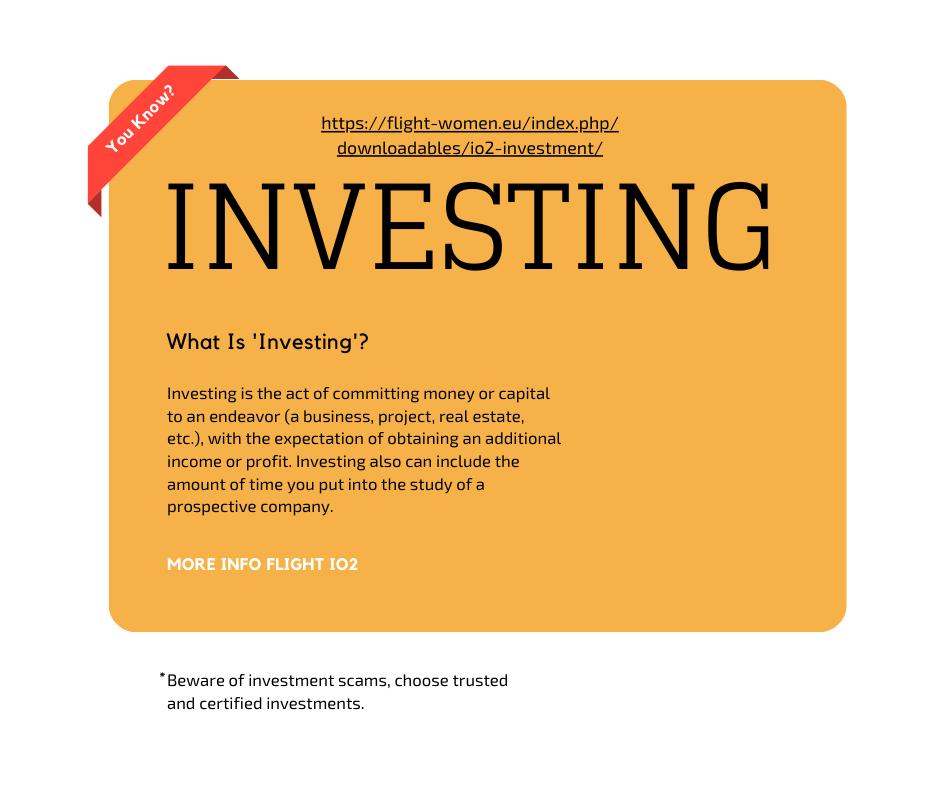When we hear about investing, the first thing we probably think of is securities, shares or real estate. But you can also put your money to work by investing in less popular areas that may be related to your hobby and even outperform traditional investments in terms of long-term returns. Here’s what FLIGHT Help Club participants learnt about possible non-traditional ways to invest their money at the meetings for piloting project outputs.
According to the experts, for those who have an interest in a particular field, such as wine, history, art, and follow trends, and who are familiar with the specifics of the field, it is easy to combine a hobby with investing. The more knowledge one has of an investment area, the more likely one is to make significant returns. And if you don’t yet have the necessary knowledge, it’s never too late to take the plunge into a new field or to seek advice from experts in the field.
Rare coins
Coin collecting can take a couple of directions. Some collectors are interested in vintage coins with historical value, reflecting a particular era or event in history. Others like coins with low mintage or special designs, which they acquire in the hope that their value will increase in the future.
For example, national banks regularly issue gold and silver collector coins. The price of such coins is driven by demand from collectors themselves. Coins issued by some banks in the €100 denomination now sell for almost €2,000. US dollars. Old or rare coins also have a global demand and will therefore be more liquid.
Before investing in coins, it is advisable to consult a professional to help determine the value of the coins and to assess how it might change in the future. You can also learn about this field at coin shows, through contact with coin dealers and by joining coin collecting (numismatic) clubs.
Exceptional watches
High-quality, luxury watches from famous brands also tend to increase in price over time. The value of a watch is determined by its design, the materials used, the technology and the craftsmanship of its manufacture. Expensive watches are associated with sophistication and success and are therefore a status symbol in both personal and professional life.
At auction, the prices of such watches can reach several million euros and even tens of millions of euros. Investing in watches can be a good way to provide additional financial security in times of inflation.
Wine
Wine collecting, like the tradition of winemaking, is a very old type of investment that is quite resilient to financial fluctuations.
Once a collection of fine wines has been built up, the price will only increase over time and will not be significantly affected by an economic downturn, as demand for wine is global. Like luxury watches, a collection of fine wines is often a status symbol. Wine also has a cultural value, as it reflects a particular winemaking tradition.
The world’s most expensive wines come from so-called ‘old world’ regions such as Bordeaux, Burgundy and others. These regions are characterised by limited wine production, good harvests and a high quality and demand for their wines.
Literature
As with coins, the value of collectible books will not necessarily depend solely on their age. While vintage books have historical significance and appeal to collectors, historians and scholars, sometimes a relatively new book can be more expensive.
Some newer and more popular books, especially if they are signed by the author, can cost more than a centuries-old edition. As with investments in works of art, so with investments in books, it is possible to choose a young author with the expectation that he or she will become more popular later.
Investments in books can sometimes amount to impressive sums. For example, the collection of Leonardo da Vinci’s illustrated scientific writings, The Leicester Codex, was bought by Bill Gates in 1994 for €49.4 million. For $494,000.
Artworks
Art investments are very popular around the world, with a market size of as much as USD 1.7 trillion.
People tend to invest in contemporary art and impressionist works. However, works by old masters are also very popular and rarely available. Thus, successful investment in art requires a great deal of time and effort on the part of the investor. This field requires a highly trained eye to identify potentially valuable works.
Experts estimate that the vast majority of works of art will not yield a return on investment. Up to 20% of them are collectors’ pieces of some interest and value. Around a few per cent of artworks are clearly valuable in investment terms. It is therefore important to be patient when considering investing in art.
It should be borne in mind that works of art need special storage space to retain their value, otherwise their appearance may be affected by humidity and other natural factors. Moreover, it can be difficult to sell artworks quickly if they need to be sold.
However, in the Help Club discussions, the participants decided that the best and most rewarding investments are in health and education.
The text is based on the material on investing used at the FLIGHT Help Club session for piloting IO2 Investment. For more see here.


